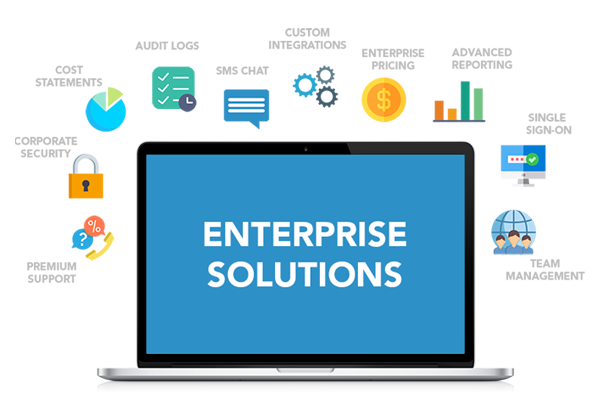In the ever-evolving landscape of information technology, the challenge of integrating disparate systems has become a significant hurdle for organizations seeking value for their IT investments. This blog explores how AES EAI addresses this challenge through its comprehensive Enterprise Application Integration (EAI) solutions.
Dissecting the Integration Dilemma
Many businesses grapple with islands of information scattered across varied platforms, technologies, and languages. This hinders their ability to derive real benefits from IT investments made over decades.
AES EAI steps in to help organizations create and implement a robust EAI strategy that aligns with their strategic business objectives. The focus is on integrating at multiple levels: data, user-interface, application, and method.
Driving Factors for EAI Adoption
Apart from the overarching need for integration, several key drivers push organizations toward adopting EAI solutions:
- Growth of Internet and Intranet Applications: The expanding digital landscape necessitates seamless integration to harness the full potential of web-based applications.
- Integration with Trading Partners: As businesses collaborate globally, integration becomes crucial for smooth operations with external partners.
- Increasing Dependence on Data Warehouses: The reliance on data warehouses for critical insights demands efficient integration to extract meaningful value.
- Increasing M&A Activity: Organizations undergoing mergers and acquisitions face the challenge of integrating diverse IT environments.
- Increasing Demand for Web Services: The rise in demand for web services emphasizes the need for flexible and interoperable integration solutions.
A Proven Approach: Integration Project Lifecycle
Phase 1 – Assessment
- Business Needs Assessment: Evaluate the specific integration requirements aligned with business goals.
- Process Assessment: Analyze existing processes to identify integration points and potential improvements.
- Applications Study: Examine the current application landscape to determine integration complexities.
Phase 2 – Evaluation
- Identify and negotiate with EAI vendors to select the most suitable tools for specific needs.
- Collaborate closely with clients to create scenarios for a Proof-of-Concept, providing insights into the implementation process.
Phase 3 – Architecture
- Develop architectures aligned with integration goals, considering standard integration practices.
- Implement standardized design and integration patterns to enhance efficiency.
- Align technical components with the overall integration strategy.
Phase 4 – Implementation
- Utilize a standard Software Development Life Cycle, incorporating design and integration patterns for efficiency and reusability.
Phase 5 – Support
- Leverage performance monitoring tools to identify and address existing and potential bottlenecks, ensuring continuous improvement.

In conclusion, AES EAI’s holistic approach to Enterprise Application Integration empowers organizations to break down silos, optimize processes, and extract maximum value from their IT investments. By addressing the unique challenges posed by disparate systems, AES EAI paves the way for a more connected and efficient future in the realm of IT integration.
